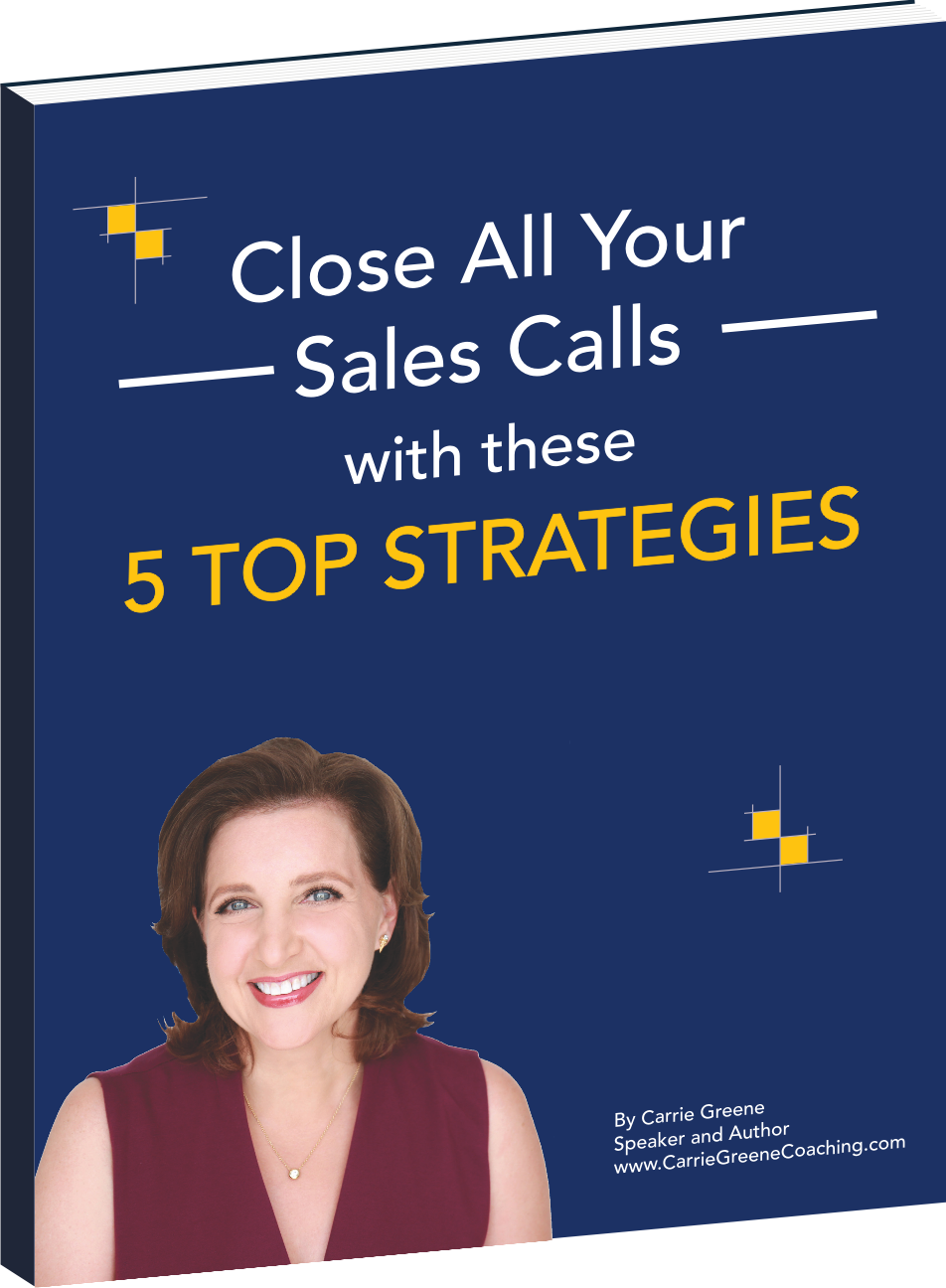![]()
A coach’s to-do list: De-Clutter Your Life
Organizing expert, Carrie Greene, has advice on de-cluttering your life
by Leslie Kwoh, June 12, 2009
Carrie Greene is in the business of giving back time.
The de-cluttering expert estimates the average American spends an hour a day sifting through piles — at home, at the office and in the car. That wasted time adds up to 15 days a year that could be spent doing something more productive, she said.

“If you weren’t spending that time searching, you could work more efficiently, you could make a whole heck of a lot more money or you could take a vacation with your family,” said Greene, 45, of South Orange.
In a down economy, many are trying to accomplish more in less time, she said. Learning how to identify and organize what’s important — and parting with the rest — can make life much more enjoyable.
“As you start to de-clutter your life and space, you really get to live the life you want,” she said.
Greene, an organizing coach who offers workshops through her company, CarrieThru.com, said she can relate to the hectic lives of her clients. An economics major, she worked at the New York Stock Exchange for 10 years before eventually launching her own company to spend more time with her three young kids. She now serves on an advisory panel for the National Association of Home-based Business Moms.
She recently spoke to Your Business about how to control the clutter.
Q: Where do you start in organizing the clutter?
A: The first thing you really need to do is to decide why you’re bothering. Why is this important to you? Because the bottom line is, any sort of organizing project isn’t going to happen at the snap of your finger. Understanding why it’s important to you and what you’re going to get out of it is going to give you the energy to keep going. The next thing you want to do is figure out where to start. What’s going to make the biggest change for you? You can’t do it all in one shot. If you’ve got a huge office, you need to start in a particular location, like the right-hand corner of your desk. By picking one spot, you can effect change in a lot of places. Then you have to actually start doing things. Look at the things in the environment you’re in and ask yourself some questions: What am I really going to do with this? Is there something else I own or have that I could use instead? Is it replaceable? If I never saw this again, would it make a difference? Once you’ve truly gotten down to the things that you want, only then do you start thinking about putting things away.
Q: How do you decide what to throw away, and what to keep?
A: I tell clients this story: You have a beautiful silver punch bowl given by your great-grandma, but you don’t like punch and it’s tarnished. It’s taking up an entire shelf in the cabinet, and every time you walk by, it mocks you. The thing to really do is look at that punch bowl, love it for what it is, and decide whether it’s really important to have in your life. Is it making you happy? Decide whether or not you want to put time in to dust it and polish it and sacrifice a shelf for it, or whether it’s better to give it away. Is the cost to keep it more or less than the value it gives you? It’s the same with a stack of papers.
Q: How do you recommend storing items?
A: It’s best to store things in clear containers, but remember to put labels on them. Things that are used most frequently should be kept closer. If you’re constantly using a dictionary or stapler, leave it out on your desk. Store like things together, or store the things you’re using together. Let’s take bills, for example — some people might want to keep all their bills together. Another way to do it is to store your checkbook, bills, calculator and stamps all in one place. Organizing is a very individual thing. The key is to think about yourself, your habits and how you use things.
Q: What kind of mistakes do you see many of your clients making?
A: One is moving things from pile to pile, and not making a decision. Another mistake is keeping something for “one of those days.” One of those days really never comes. Another mistake is trying to follow what someone tells you to do, and not pay attention to your own way of working. Someone else might be great at having an electronic calendar, but for you it might be the worst thing in the world because you’re a paper and pencil person. Don’t try to fit into someone else’s mold. And this is a really big one — some people go out and buy the containers before they start. It’s a terrible waste of money. Look at what you have, and go through what you have, before going out and buying the containers.
Q: You also help clients organize their schedules. Can you walk us through the basics?
A: Pay attention to your habits and needs. If you’re a morning person, don’t try to schedule the hard work for the evening. You also need to ask questions: If I never did this activity, would it matter? Could I do this at some other time? Could someone else be better suited to do this? I found myself dragging laundry upstairs every day for my kids. It finally dawned on me: Why am I doing this? My sons were 12, my daughter was 14. So I delegated. You could do the same thing in your business. Are you the best one to be making copies? Could you source it out to a vendor? Where are you utilizing your time more effectively? And say “no” to things. Tasks are also clutter. There’s a cost to everything we have and everything we do.
Q: You’ve said you’re a big believer in to-do lists. Why are they so important?
A: What they allow you to do is make your tasks visible to you. So you begin to understand if it’s something you truly want to do and if it’s a realistic plan. The real trick, though, is how to create them. You could put something on your to-do list like “Organize office.” But you have to make sure the things you’re putting are really single steps. So instead of “Organize office,” it might be, “Go through the pile of papers on the right-hand side of my desk.” You have to be specific. A lot of people are too broad and too big. Because the task is ill-defined, you don’t know what to do.
Q: Just curious — how does your home look?
A: Inviting, comfortable and, of course, organized. There’s very little clutter in it, even with kids. It absolutely is possible
Isn’t it time you decluttered your life?
Find out what a CarrieThru coaching program can do for you.
Contact Carrie about a FREE decluttering strategy session today!

Leave a Reply